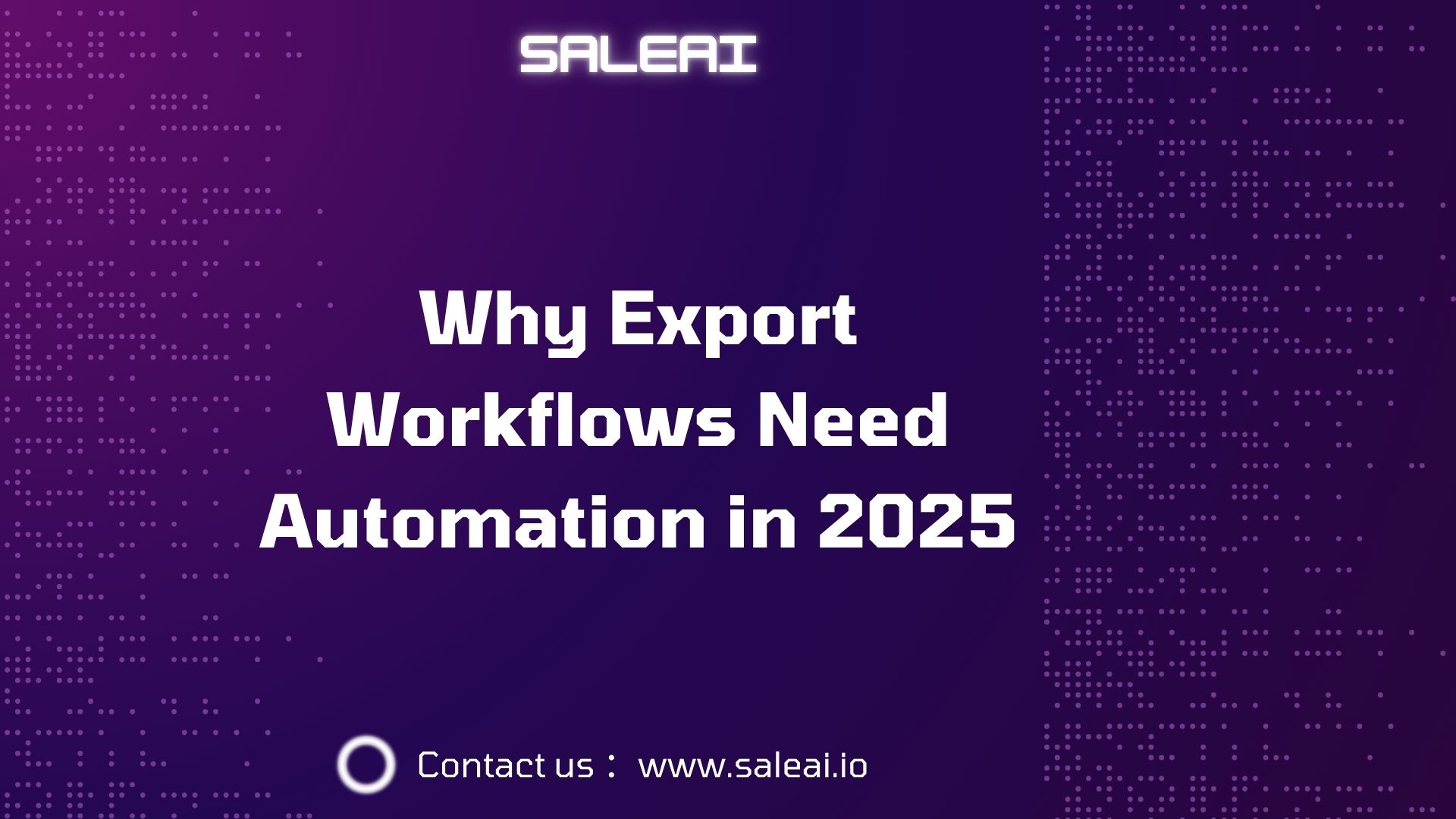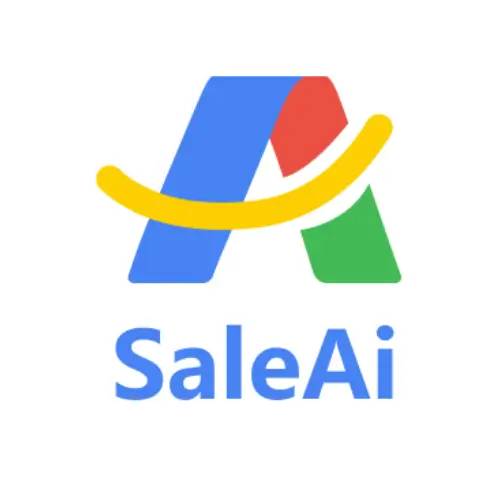
Why Export Workflows Need Automation in 2025
The global export landscape is evolving fast. From trade regulations and buyer behavior to platform fragmentation and rising labor costs, managing an export business in 2025 is more complex than ever. The old ways—manual Excel sheets, scattered emails, and isolated CRM tools—no longer cut it.
That’s why exporters of all sizes are turning toworkflow automation. With AI and integrated systems likeSaleAI, export teams are simplifying complex tasks, minimizing errors, and increasing win rates—while operating lean.
Export Workflows Are Getting More Complex
Exporters today juggle dozens of moving parts:
-
Client sourcingacross multiple channels (web, social, exhibitions)
-
Lead qualificationthrough trade data and signals
-
Email or WhatsApp follow-upsin multiple languages and time zones
-
Quote generationbased on real-time cost and volume
-
Customs and compliance documentation
-
Order tracking and after-sales communication
Each task eats time. Each mistake leads to a lost deal or compliance issue.
What Automation Really Brings to Export Teams
Workflow automation does more than save time—it enhances how exporters work:
-
Reduces errorsby syncing client data, product SKUs, and pricing automatically
-
Speeds up sales cyclesby automating follow-ups and quote generation
-
Standardizes output, ensuring quotes, reports, and emails look polished
-
Tracks everything, building better buyer insights over time
Instead of logging into five different tools and copying data, teams can work inside a single AI-driven platform that handles everything in one flow.
SaleAI: From Lead to Order in One System
SaleAI is purpose-built for exporters—not generic marketing teams. It combines:
-
Lead Finder Agentto discover and qualify global buyers
-
Email Writer Agentfor personalized, multilingual outreach
-
Quote Generator Agentto create consistent offers
-
Report Builder Agentto standardize buyer-facing documents
-
Outreach Planner Agentto automate multi-channel follow-ups
Every agent shares data, ensuring your outreach and offers are accurate, timely, and trackable.
All of this happens within a single, AI-connected environment. No file uploads, no switching tabs, and no missing context. Data flows automatically from one task to the next—what a sales assistant would do if they worked 24/7, without mistakes.
Why 2025 Is the Turning Point
By 2025, most forward-thinking exporters are no longer askingifthey should automate—they’re askinghow fastthey can transition. Global buyers expect fast replies, professional documentation, and personalized engagement. Manual systems can’t keep up.
Statista reports that over67% of B2B decision-makers in 2025 expect response within 12 hours, whileautomated systems outperform manual ones by 30–50% in conversion rate. Delays mean lost business.
Export Teams Who Will Benefit Most
Workflow automation is especially impactful for:
-
Small teams (2–10 people)who can’t afford to hire more
-
Mid-sized exportersmanaging 10–100 clients monthly
-
High-volume verticalslike electronics, home goods, and consumer packaged goods
-
Teams expanding into new marketsand managing compliance
Every export salesperson deserves a smart system that scales with them—not against them.
Ready to Automate? Here's Your Next Step
If your export workflow still relies on spreadsheets and scattered follow-ups, 2025 is your new change. Platforms likeSaleAIgive you the structure of a large-scale enterprise—with the flexibility your team needs.
Explore more about SaleAI’s AI-powered agents on ourhomepage.
Need a customized solution for your export workflow? Reach us via ourcontact page—our team is ready to help.




